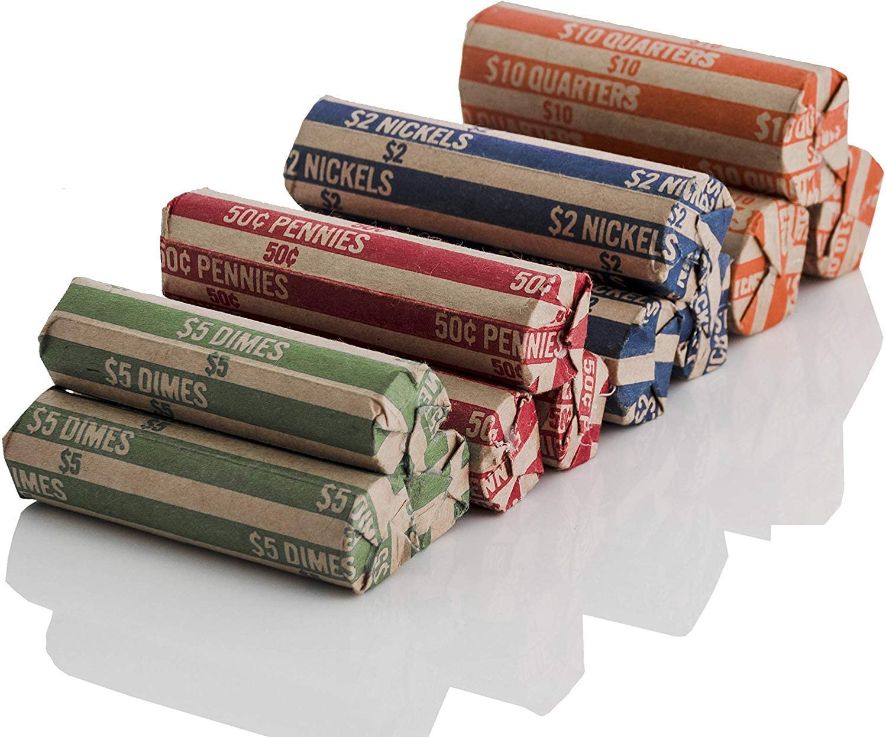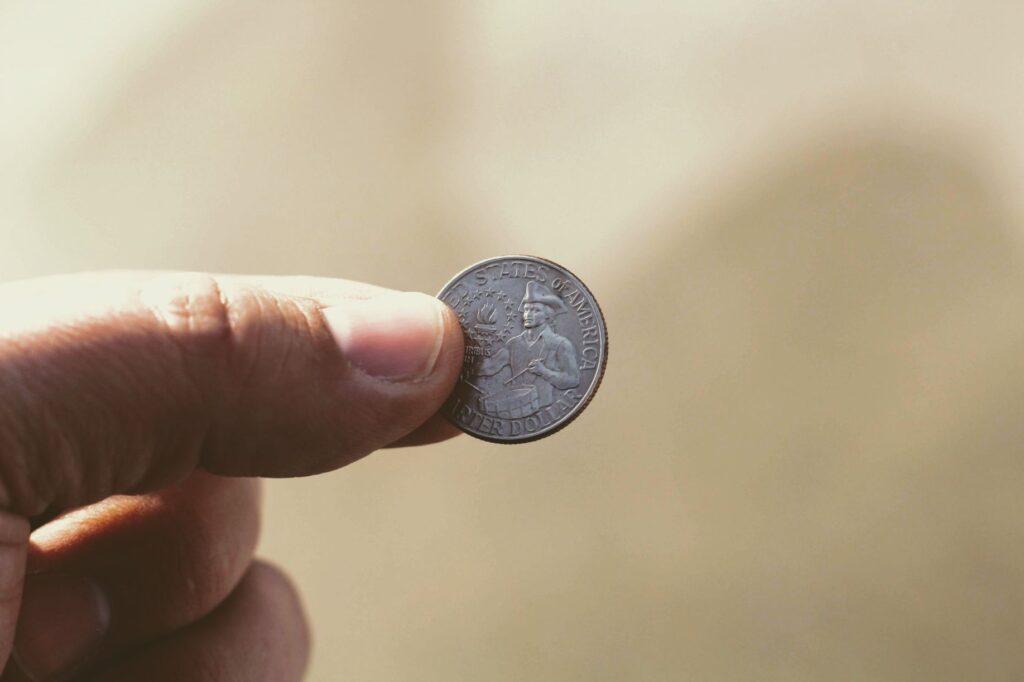
How Many Quarters Go In A Roll?
Learn about coin rolls, their significance, the face value of each roll, and how to manage them if you want to become a renowned coin collector. When a roll of quarters is finished, do you ever wonder how many coins are actually inside? There are 40 individual quarters in a roll with a face value of $10 and this includes all quarters issued by the U.S. Mint. Please read this article to learn more about rolls.
History Of Coin Rolls
Numismatists can’t determine exactly when the first coin rolls emerged. Some theories suggest coin rolls in simple paper wrappers may have first been employed by banks hundreds of years ago.
Even ancient shipwrecks with coinage have the potential to contain early coin roll evidence. In many cases, shipwreck coins are found in small stacks — suggesting they were originally rolled in paper wrappers before the paper disintegrated underwater.
The Batdorf coin package wrapper, which received a patent in September 1913, was the most well-known of the automated coin wrapping devices that became widely used in the early 20th century.
With the rise of automated coin wrappers, coin rolls became much more common. Coins that are still in their original bankrolls are known as original bank-wrapped (or OBW) coins.
The value of OBW coin rolls from the first half of the 20th century with the bank name clearly visible is frequently higher than the value of OBW coins with plain wrappers.
How Many Quarters Are In A Roll?
There are 40 separate quarters on a typical roll. Quarters have a value of 25 cents each, making a roll of them worth $10. Nevertheless, 50 rolls of quarters are contained in a typical box of quarters from the Federal Reserve Bank.
Thus, each quarter in the box is worth 25 cents and there are 2,000 of them. In total, that comes out to $500.
Here’s something even more intriguing, though: all quarters made since 1965 weigh precisely 5.670 grams, which is equal to 0.2 ounces. A roll of 40 quarters, therefore, weighs 226.8 grams or 8 ounces!
Number Of Coins In One Roll
Here is a quick reference for the most popular coins and their values for each standard roll.
- Penny Roll – 50 pennies, 50 cents
- Nickel Rolls – 40 nickels, $2
- Dime Rolls – 50 dimes, $5
- Quarter Rolls – 40 quarters, $10
- Half Dollar Rolls – 20 half dollars, $10
- Large Silver Dollar Rolls – 20 large silver dollars, $20
- Small Dollar Coin Rolls – 25 small dollar coins, $25
- $2.50 Gold Quarter Eagle Coin Rolls – 40 Gold Quarter Eagle $2.50 coins, $100
- $5 Gold Half Eagle Coin Rolls – 50 Gold Eagle $10 coins, $500
- $20 Gold Eagle Coin Rolls – 25 Gold Eagle $20 coins, $500

Why Do We Use Coin Rolls?
Coin rolls are stacked collections of coins with a preset face value.
They’re used to help organize large amounts of loose change and are the preferred method for banks and merchants to receive and dispense big quantities of coins.
Coin collectors who enjoy searching through circulated coins to find old coins, rare coins, error coins, and other kinds of interesting and unusual coinage are also fans of coin rolls.
Where Can I Find Rolls Of Coins?
The local bank is the best place to purchase rolls of coins. If they don’t, they can order them from the Federal Reserve. They will have a plentiful supply of any coin you’re looking for.
You can choose the type of bank for your coin rolls in a number of different ways. Some coin collectors recommend small or mid-size banks because their coin rolls are collected from individuals.
Other coin collectors advise going to larger banks in major cities, where there is a greater supply of coin rolls and no chance of anyone sorting through them due to the overwhelming number.
Additionally, at laundromats, credit unions, arcades, and neighborhood grocery stores, you can trade your dollar bills for coin rolls.
Read More:
What’s The Weight Of A Roll Of Quarters?
Since 1965, the weight of each quarter has been 5.670 grams, or., 0.2 ounces. It follows that a roll of 40 quarters will weigh precisely 226.8 grams (8 ounces).
Additionally, quarters have a thickness of 1.75 millimeters and a diameter of 24.66 millimeters. This is done to ensure that they will fit perfectly in vending machines, parking meters, and other devices that accept quarters as payment.
Tips To Improve Your Odds Of Finding Old And Rare Coins In Coin Rolls
- Ask bank tellers if they have recently seen older-looking rolls of coins come into the bank. If so, buy any they may have on hand.
- The majority of the “keepers” on half-dollar and penny rolls are typically found in these denominations. Every two or three penny rolls I’ve looked through have yielded at least one wheat cent, and every one or two rolls have also yielded a Kennedy half a dollar made of 40% or 90% silver.
- If you’re looking for silver dimes or quarters, you can speed up the search process by quickly identifying which coins are copper-nickel or silver by looking at the rims. (90% of silver coins don’t have the orange or brown line along the coin edge as seen on copper-nickel coins.)
- It can be difficult to initially identify errors and variations. I would suggest setting aside all coins from a particular year that are well known for having errors, such as 1972 cents (a doubled die was used that year) or 1982 Kennedy half dollars (Frank Gasparro’s FG initials were not present to the right of the eagle’s tail), and checking for errors on those coins later when you have more time.


